
We are conducting an internal Inventory count: April 25th – 30th. All orders made after April 24th will be processed the week of May 1st. More info
Home / Tips & Advice / Why It’s Important to Choose a Fertilizer with a Low Salt Index
Home / Tips & Advice / Why It’s Important to Choose a Fertilizer with a Low Salt Index
Recent Posts


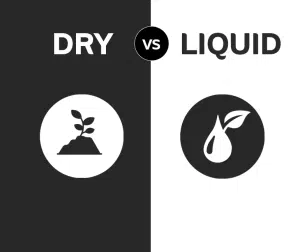

Upcoming Events
Latest Comments
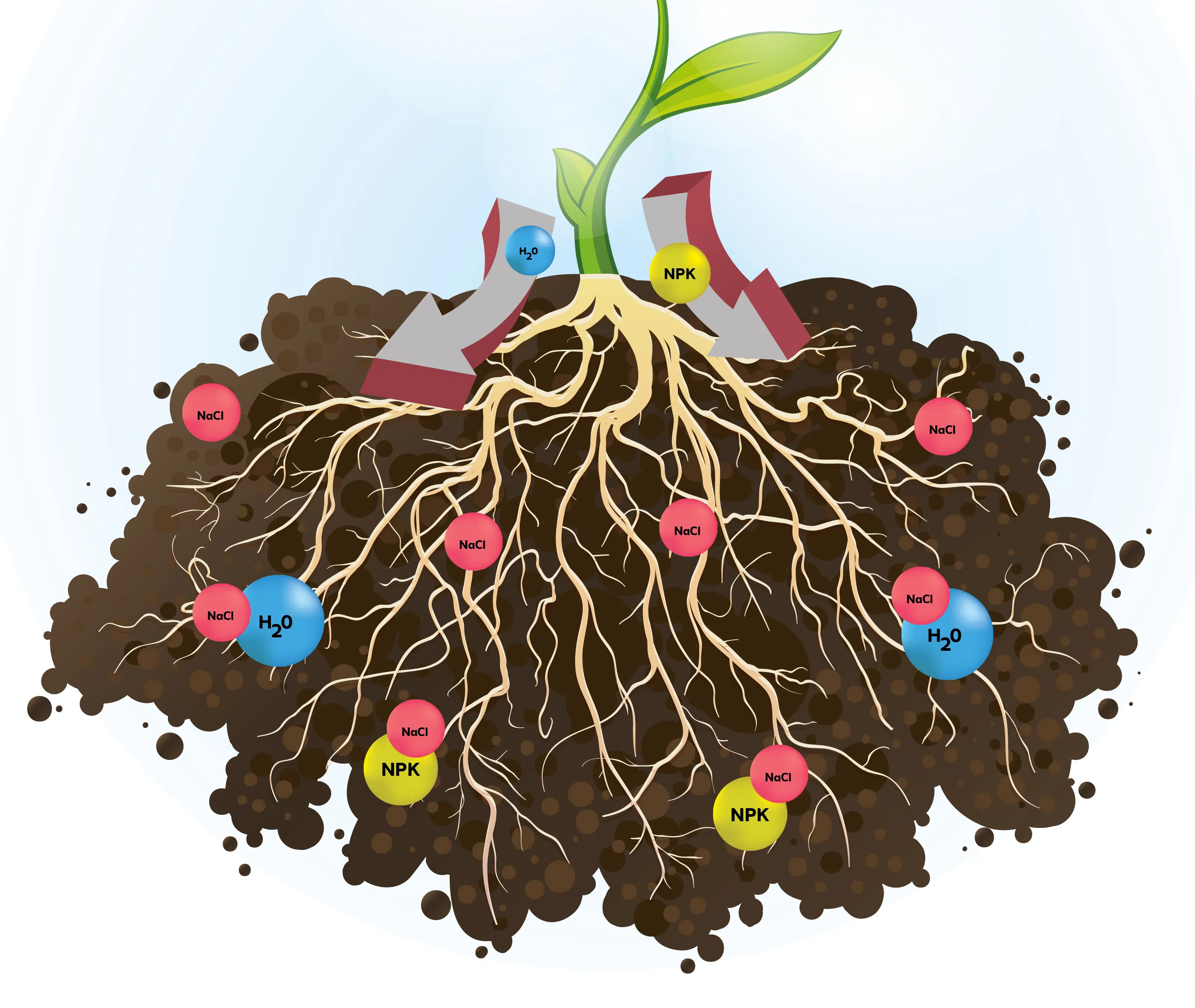
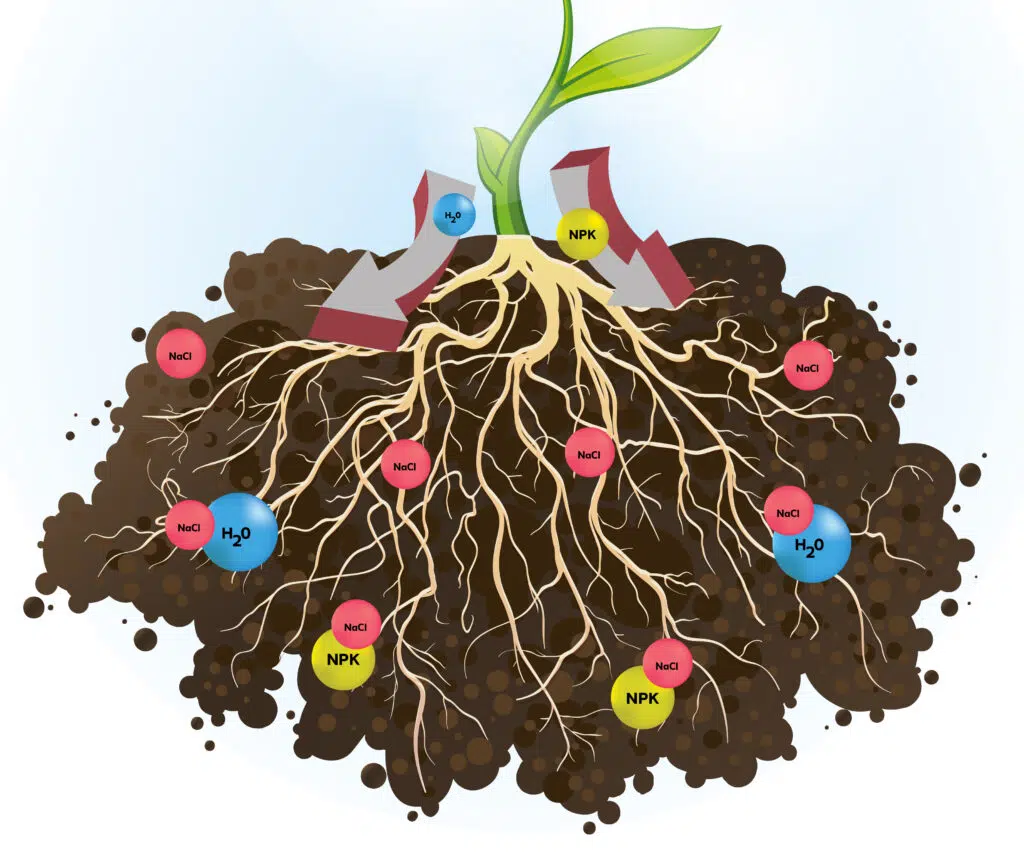
All fertilizers are essentially comprised of salts. These salts are usually formulated into fertilizers as mineralized elements. In total, there are 16 essential elements that have been recognized for increasing plant growth. These elements are divided into two categories: micro and macronutrients. Most high-quality base nutrient fertilizers will have a balanced and intricate blend of both micro and macronutrients. However, this balance is not the only inclusion that should be considered before purchasing fertilizer for your garden; the raw ingredients that go into each formulation should also be analyzed in terms of quality. For example, the salt index (SI), or the relative tendency of fertilizer to raise the salt content of the soil is an immensely important control. Fertilizers with a high salt index can damage seedlings and weak plants by reversing natural osmotic pressure and oversaturating crops with unsoluble element forms. If you want to learn about the importance of choosing a fertilizer with a low salt index, read the following passages for more information.
All granular and liquid fertilizers have a Salt Index Rating (SI), which indicates the relative strength of the salt in the fertilizer. Salt content is one of the most critical characteristics of fertilizers. The SI of fertilizer is a measure of the salt concentration that fertilizer induces in the soil relative to Sodium Nitrate. Sodium Nitrate was used as a standard for measuring the Salt Index of fertilizers because it is 100 percent water-soluble and it was a commonly used nitrogen fertilizer when the SI concept was first proposed in 1943. The SI rating does not indicate the concentration of elements within a fertilizer; however, it does predict the average rate at which fertilizer will increase the salinity of a medium.
Injury or damage to crops can occur when fertilizers with a high salt index are placed in close proximity to seedlings or young plants. When a nutrient solution is applied to a medium, it raises the salt concentration of the root zone. However, if the salt concentration of the medium becomes too aggressive, it can rapidly create an internal imbalance of salt which can lead to tip burn and nutrient toxicity. When a high concentration of salts is added to the surrounding soil/medium, it can often create an imbalance in osmotic pressure, meaning the salt content of the plant is less than the salt content of the medium. A reversal in internal osmotic pressure can result in the plant being unable to uptake water and nutrients, therefore leading to the eventual loss of the plant’s natural metabolic processes.

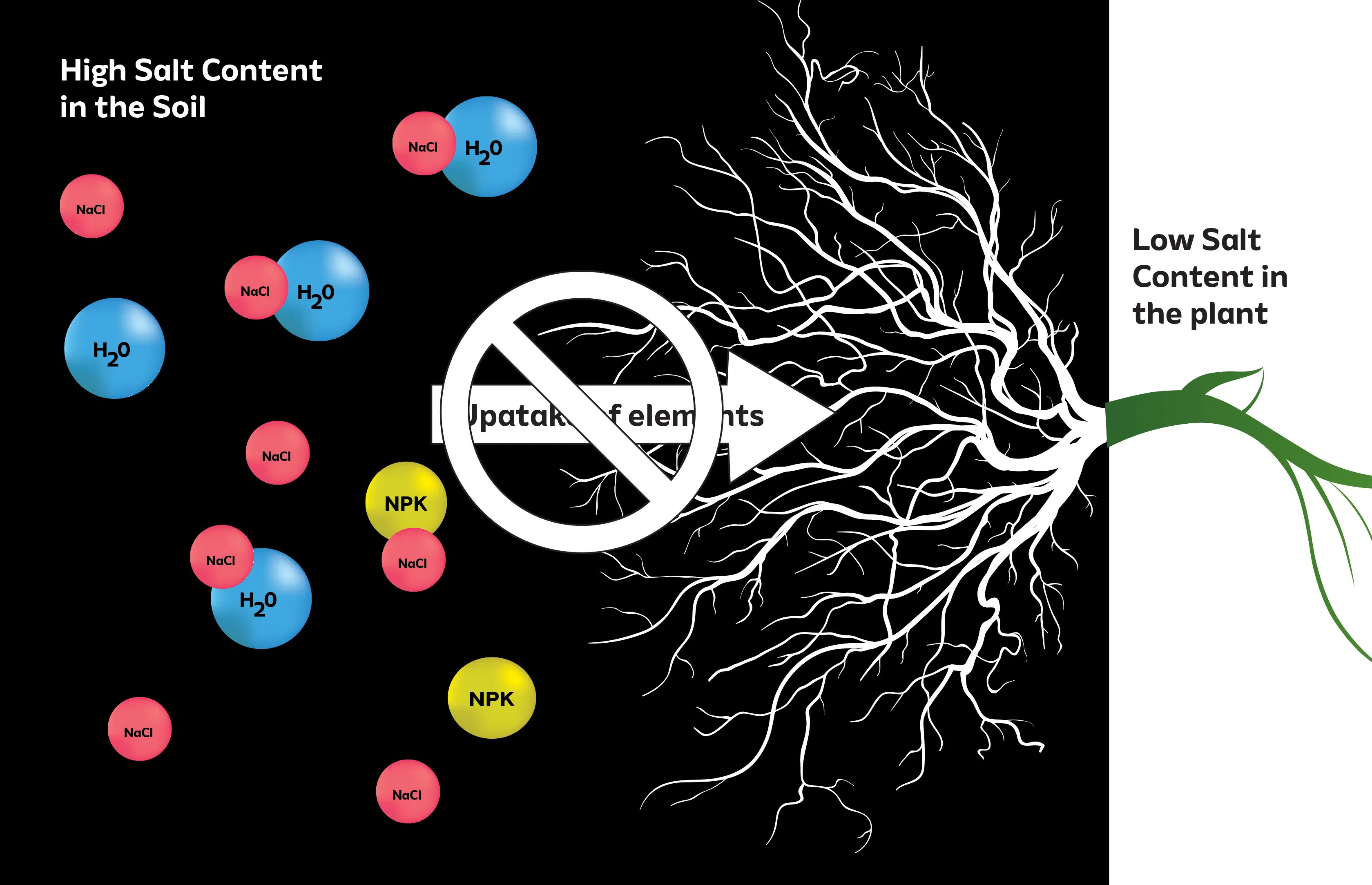
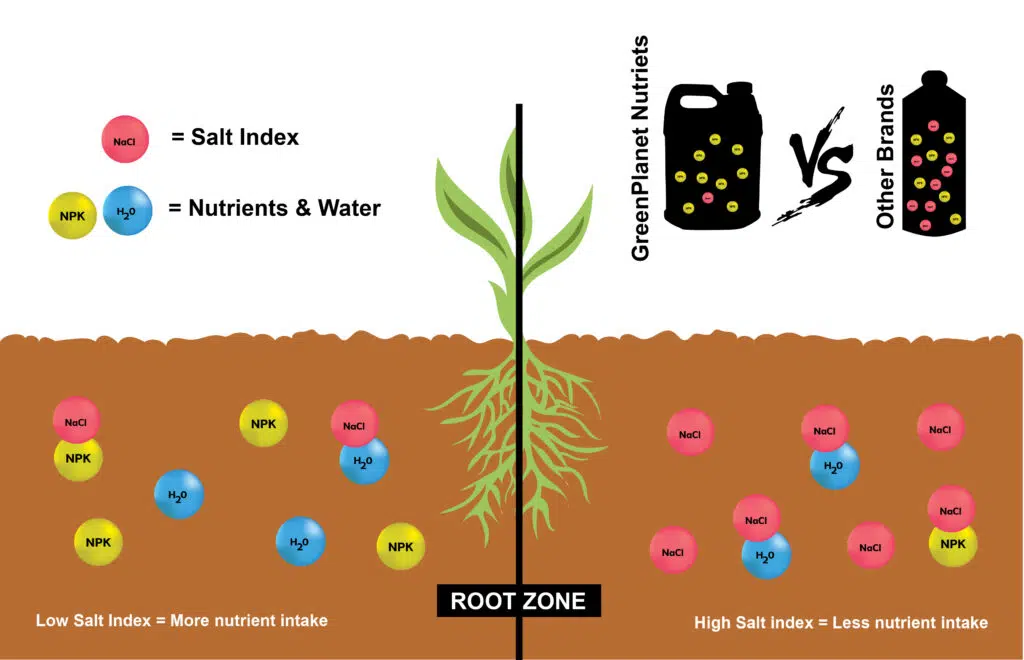
To avoid the issues above, growers should select only the cleanest, most soluble nutrients for their garden. At GreenPlanet, we pride ourselves on providing growers with a range of high-quality fertilizers. If you’re interested in supplying your plants with an aggressive, yet clean source of nutrients, browse the selected feed programs below.
Whether you’re a novice cultivator with your first grow tent or a master grower producing on a commercial scale, our 2-Part Dual Fuel feed program gives you the ability to fine-tune your garden to ensure you get bigger and better yields. The base nutrient component of Dual Fuel is divided into two parts: Dual Fuel 1 & Dual Fuel 2. Dual Fuel 1 is the nitrogen (N) and micronutrient heavy component of GreenPlanet’s 2-Part system, while Dual Fuel 2 compliments the feeding program by being packed full of phosphorus (P) and potassium (K). Sold alongside additives like Vitathrive, Massive, Liquid Weight, and Rezin, the Dual Fuel feed program is by far the most concentrated and clean nutrient formula available on the market.
GreenPlanet’s 3-Part GP3 feed program consists of a three-part base nutrient system and several additives that enhance both vegetative and blooming growth. The base nutrient component consists of three parts: Grow, Micro and Bloom. Made for the expert grower, GP3 offers plants everything they need in 3 bottles. From essential micronutrients like copper, boron, and zinc, to balanced levels of nitrogen, phosphorus, and potassium, GP3 is fed to plants in varying ratios throughout stages of propagation, growth, and bloom, making it the perfect stack of fertilizer for growers who want nothing but the best. Combined with premier additives like Vitathrive, Massive, Liquid Weight, and Rezin, GP3 offers growers a traditional nutrient program with the added benefit of having an extremely low salt index.
The 4-Part Hydro Fuel feed program gives growers extreme control over both vegetative and flowering growth with two specific and balanced formulas for each stage of production. The base nutrient component comes in four parts, A&B Grow and A&B Bloom, two formulas for each stage of growth. But don’t let the excess of nutrients fool you into thinking Hydro Fuel is complicated – GreenPlanet’s 4-Part feed program is one of the simplest, yet most effective nutrient systems on the market. The 4-Part Hydro Fuel feed program is sold with products including Vitathrive, Massive, Liquid Weight, and Rezin. Combined with these additives, the Hydro Fuel feed program ensures steady growth rates with easy-to-manage applications.
Whatever your style of garden, chances are, GreenPlanet Nutrients has the perfect base nutrient program. To access the programs available at GreenPlanet Nutrients, contact a member of the GreenPlanet sales team, or your local garden supply store for product information and purchasing inquiries.
GP NUTRIENTS
COMPANY
CONSUMER
OUR WORLD
CONNECT
NEWSLETTER
usinfo@mygreenplanet.com
+1-866-913-4769
Monday: 8am – 4:30pm
Tuesday: 8am – 4:30pm
Wednesday: 8am – 4:30pm
Thursday: 8am – 4:30pm
Friday: 8am – 4:30pm
Saturday: Closed
Sunday: Closed
Week of Dec 18-22- Regular operating hours
Dec 25- Closed (Stat Holiday)
Dec 26- Closed (Non-Stat day off with pay)
Dec 27-29- Regular operating hours
Jan 1- Closed (Stat Holiday)
Jan 2-5- Regular operating hours
Recent Comments